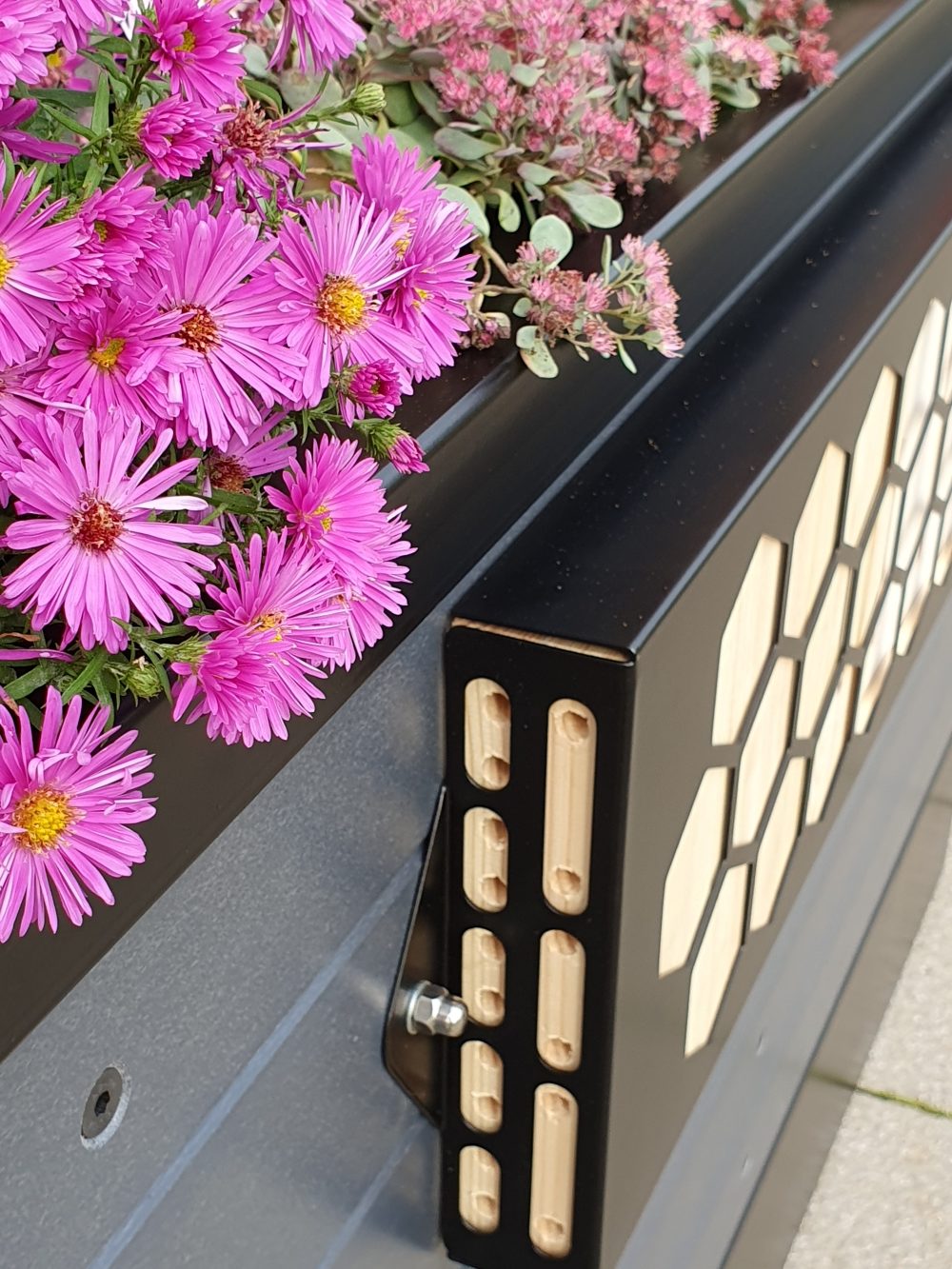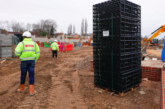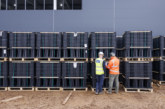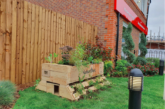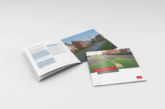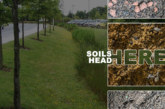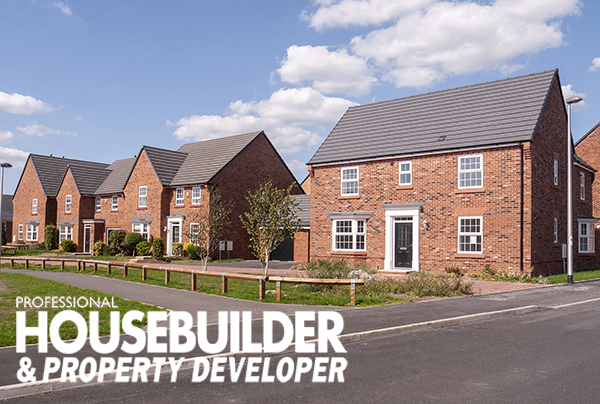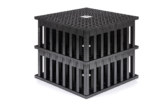
Sustainable drainage systems (SuDS) are rapidly shifting from an optional feature to a fundamental part of responsible groundworks. PHPD talks to Bioscapes about the rising SuDS responsibility and how forward thinking housebuilders can best benefit from it.
Although Schedule 3 of the Flood and Water Management Act 2010 has yet to be enforced in England, the need to tackle flood risk is pressing. The Environment Agency warns that by 2050, around eight million properties in England one in four – could be at risk of flooding, with climate change accelerating the threat.
Even without legislative mandates, developers face a clear imperative to build in resilience from the ground up. And the house-buying public is taking note – more environmentally aware than ever, today’s buyers increasingly expect flood-conscious, biodiversity-supporting developments from forward-thinking builders.
SuDS don’t just manage water – they deliver broader environmental and community value. Built around four core principles – water attenuation, water quality, biodiversity and amenity – SuDS offer measurable benefits when integrated from the outset.
From rain gardens to permeable paving, early integration supports compliance, enhances liveability, and boosts site value. Among the most practical options is the BioScapes® SuDS planter: a cost-effective, ground-level, off-the-shelf solution combining rainwater management with biodiversity enhancement. Proven to deliver a 7-fold biodiversity uplift, it is already being widely adopted by local authorities and water companies to meet dual objectives with minimal disruption.
The UK is one of the most nature depleted countries in the world, and a recent Royal Town Planning Institute investigation reveals many developments fall short of their biodiversity commitments, despite the growing legislative push for Biodiversity Net Gain (BNG).
Without real interventions – such as wildflower-rich swales, wetland zones, and pollinator planting – projects risk reputational and planning setbacks. SuDS offer natural alignment with BNG by combining drainage with habitat creation.
To support this, BioScapes Limited provides ecology consultancy services – helping developers assess existing site biodiversity and outline achievable, cost effective strategies for net gain. Engaging this expertise early can strengthen planning applications and reduce the risk of redesign or delays.
According to Terry Smithson, Head of Nature-based Solutions at BioScapes, embracing SuDS now offers a distinct edge:
“While many in the industry wait for Schedule 3 to be enacted, forward-thinking developers are already weaving SuDS into their groundworks. Doing so not only demonstrates environmental leadership but also pre-empts future compliance, unlocks permissions more easily and builds flood resilient places that stand the test of time.”
These systems also serve as standout sales features – green spaces and visible sustainability credentials resonate strongly with modern buyers.
There’s a common misconception that installing nature-based solutions is difficult to implement or costly when actually, they can provide cost savings. Defra research showed that in new build projects SuDS may be 30% cheaper than standard drainage.
In a changing climate, the real question is not if SuDS should be included—but how soon. Even without legal enforcement, the case is clear: integrated, sustainable drainage is no longer optional.
By incorporating SuDS from the outset complemented by ecological design and expert planning support – developers can mitigate flood risks, deliver biodiversity gains and meet the expectations of both regulators and residents. In doing so, they’re not just building homes – they’re building responsibly for the future.
For more information on BioScapes click here.


